Anteater: all characteristics and behavior
As its own name indicates, it feeds mainly on ants; it hugs its predators to defend itself because it nails its claws strongly to dissuade them.
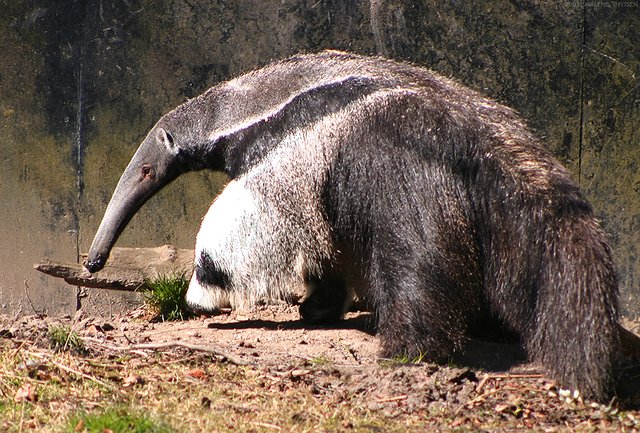
This animal is known for its long snout and sticky tongue lives in South and Central America. Its main food is ants, which it traps more than efficiently. In this article, we will tell you all about the anteater, who, despite its name, is not related to Ursids.
Characteristics and feeding of the anteater
It belongs to the family of placental mammals, has a robust body - it can weigh 40 kilos and measure 130 centimeters - and its coat varies between different shades of grey, black and
beige. Its front legs are long and have strong, curved nails that allow it to climb trees or walk through vegetation.
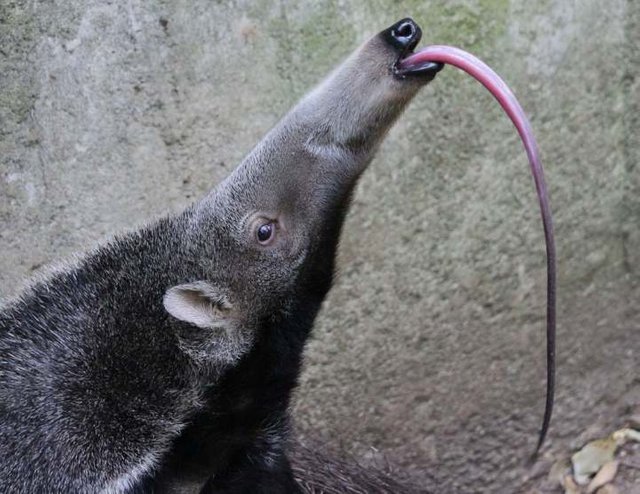
The head of the anteater is small compared to the body and its long muzzle houses a tongue up to 60 centimeters long. It does not have teeth, but it does have a great sense of smell, which allows it to find food.
The diet of this animal is composed of termites and ants - it is a myrmecófago- and its technique to obtain food is very effective: first, it breaks the anthill or termite with the nails, then it introduces its snout and removes the vicious language thanks to which it captures the insects.
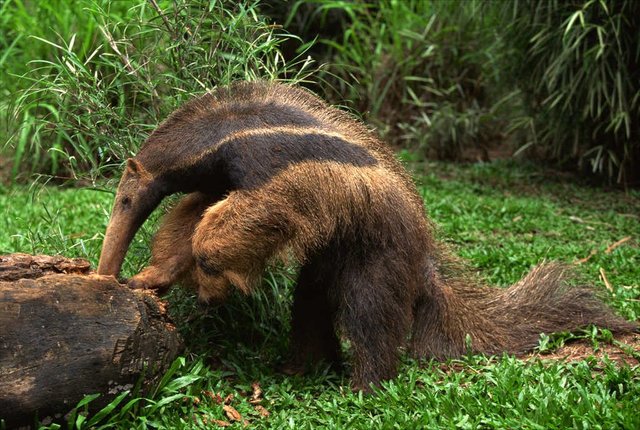
Habitat and behaviour of the anteater
The anteater lives in jungles, forests, grasslands, mountains or savannas... Anywhere there are ants or termites! It is a passive mammal, peaceful and quiet, which only attacks to defend itself when necessary. On the other hand, its main predators are jaguars, pumas, and wolves. Their technique consists of 'hugging' danger and nailing the claws, in order to dissuade it.
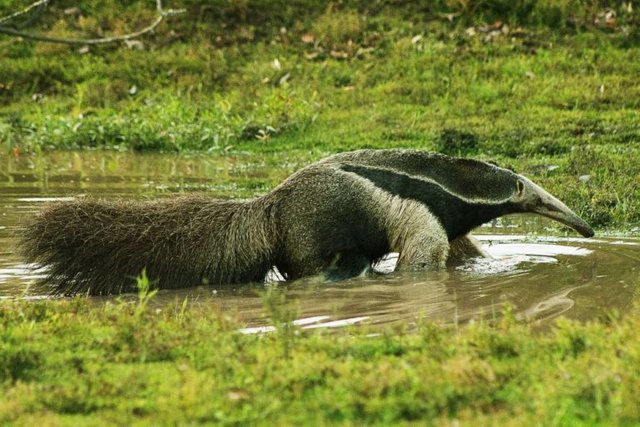
It is an animal of solitary habits and only joins another in the period of heat or during the time that the calf remains next to its mother. Females have only one pup per litter after 190 days of gestation. From birth, the baby is carried on the back of its progenitor, which is grabbed with its claws and camouflaged with the mother's coat.
Anteater species
Although the general characteristics are the same among all anteaters, we can highlight four species, due to their location or size:
1. Giant anteater
It is the largest insectivore in the world, has diurnal habits and at night returns to its cave to protect itself from the cold. He uses his sense of smell to find food and once found, his powerful claws.

It moves with great speed despite its size and eats with a voracious appetite: it inserts its tongue up to 150 times per minute into an anthill. His technique is very effective and necessary to prevent ants from biting him. Unlike other species, the giant anteater has no prehensile tail.
2. Dwarf anteater
It is also known as the pygmy anteater and is the most difficult to find due to its shyness and stealth to walk among the trees, from where it almost never descends. Its coat is beige, has a shorter face, also feeds on larvae (as well as ants) and is not very active. Its prehensile tail allows it to hang upside down from the branches and get food thanks to its long tongue.
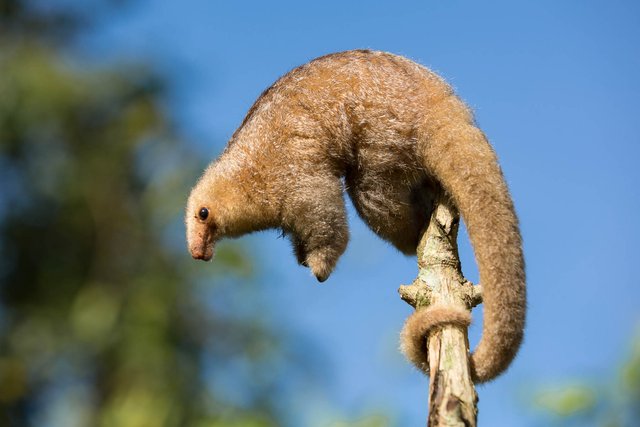
3. Mexican anteater
The tamandua spends most of its life among forest trees, mangroves, and savannas. It rips termite mounds and anthills from the ground and trunks and slips its tongue between them to get food.
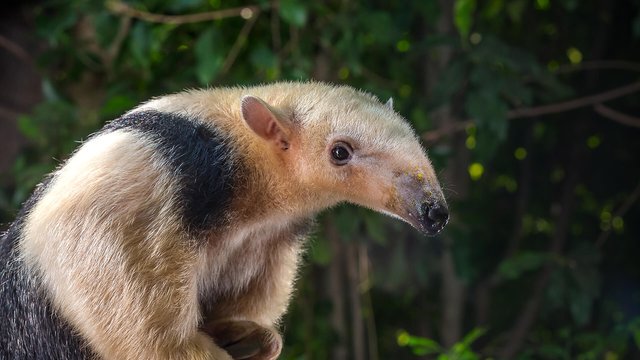
4. Southern Anteater
It is also called a 'necklace anthill' because it has a lighter strip of hair around its neck. It can live in jungles, savannas, and forests, as long as there is fresh water nearby.

Thank you for reading 😊


If you liked reading this article, feel free to FOLLOW ME, UPVOTE and RESTEEM! It's always appreciated =D. Thank you all for your support and see you soon for the news flamingirl's adventures!


Wow, such strange, but amazing animal!
Downvoting a post can decrease pending rewards and make it less visible. Common reasons:
Submit
Strange animal
I do not see them in North America.
Maybe the weather.
First picture with the fur looks like a camouflage.
Anteater so many animals we need to learn from
Thanks
Keep on postin
Posted using Partiko iOS
Downvoting a post can decrease pending rewards and make it less visible. Common reasons:
Submit
I'm happy to have taught you something =) (I do not know if my sentence is correct ^^ )
Where exactly are you in North America?
Downvoting a post can decrease pending rewards and make it less visible. Common reasons:
Submit
I am in South Florida , humid and hot.
Weather seems always great. Yesterday it was 86 deg. Fahrenheit
I am comparing to the north part where it is now 43.
Posted using Partiko iOS
Downvoting a post can decrease pending rewards and make it less visible. Common reasons:
Submit
You are lucky! =)
Here (in Barcelona) the weather is capricious right now.
One day I will visit Florida! = D
Downvoting a post can decrease pending rewards and make it less visible. Common reasons:
Submit